Discover the Bat Trang Pottery Museum: A Cultural Gem Near Hanoi
Just a short distance from Hanoi, Bat Trang is a village rich in history and known for its beautiful ceramics, tucked away along the banks of the Red River. Entering the Bat Trang Pottery Museum sets you on a vivid trip through Vietnamese culture and workmanship, not only seeing a collection of objects. Let MOTOGO Tours explore here.
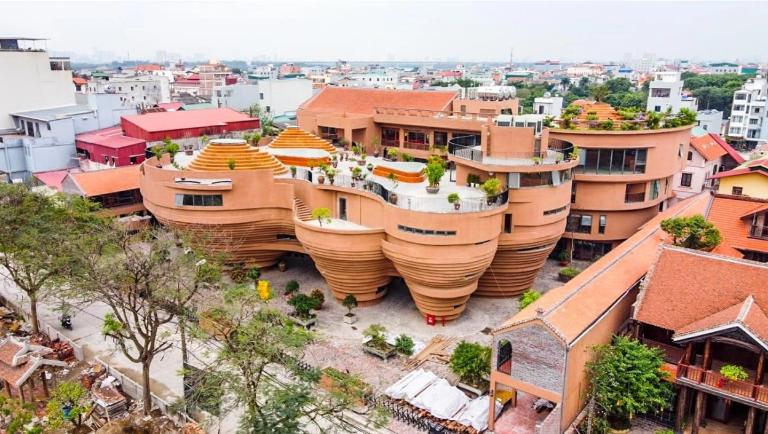
Introduction to Bat Trang Pottery
The Historical Background
Bat Trang Pottery Village has origins more than 500 years ago. Established in the fifteenth century, the village has always changed by combining modern designs with age-old skills. As you tour the museum, where every item reflects the artistic developments and cultural changes of its time, you can clearly see its historical relevance.
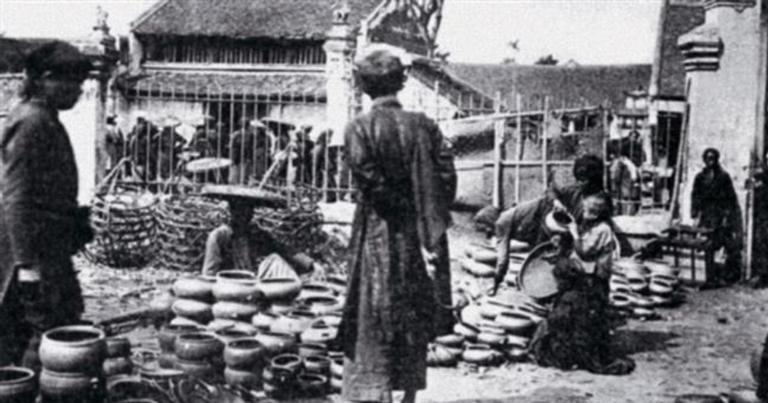
Significance of Pottery in Vietnamese Culture
Vietnamese pottery captures the essence of the people, not only serves a practical use. From daily tools to ornate ceremonial objects, pottery permeates Vietnamese society in all kinds. Emphasizing its significance in maintaining cultural identity, the museum shows how pottery has been indispensable in rituals, trade, and daily life of Vietnamese households.
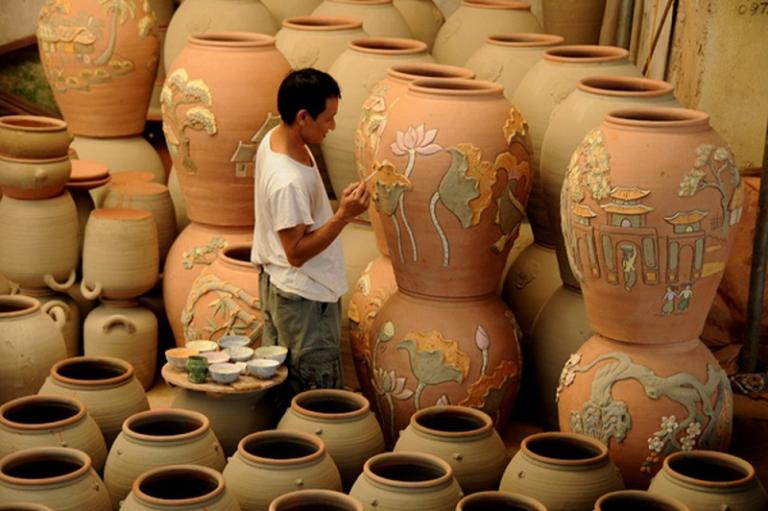
>>> Let’s see more: All You Need to Know About Ho Chi Minh Museum in Hanoi: History, Hours, and Tickets
Location and Accessibility of Bat Trang Pottery Museum
Bat Trang Pottery Museum is a privately sponsored museum run under government permission in Bat Trang Village, Gia Lam District, Hanoi. It’s easy to go to the Bat Trang Pottery Museum, hence a day trip from Hanoi is perfect there.
How to Get Bat Trang Pottery Museum
From Hanoi’s city center, you may catch a local bus to the museum; otherwise, if you would want a more attractive path, think about hiring a motorbike to cover the gorgeous countryside. About thirty minutes of travel allow you to indulge in the noises and views of rural Vietnam.

Best Time to Visit
The ideal time to visit the Bat Trang Pottery Museum is during the lovely dry season, from November to April. Still, the museum invites guests all year long, and every season presents a different angle on the craft of pottery.
The Architecture and Design of the Bat Trang Pottery Museum
The Bat Trang Pottery Museum enables guests to interact with the rich history and artistry of Vietnam’s most well-known pottery hamlet, therefore transcending just observation of exquisite ceramics. From its historic roots to contemporary interpretations, every floor of the museum presents a different view on pottery.

The design of the museum deftly integrates contemporary aesthetics with classic Vietnamese architectural features. The large arrangement guarantees a continuous flow from one exhibit to another, therefore enabling visitors to completely enter the world of Bat Trang pottery.
>>> Let’s see more: Discover the Hanoi Museum: A Journey Through Vietnam’s History
First Floor: Cultural Celebration
Ascending to the first floor, you find a dynamic area set for celebration and community. Events, displays, and traditional celebrations are meant to take place on this floor so that guests could really experience the local way of life. You could come across events honoring pottery, art, or community meetings all throughout the year.
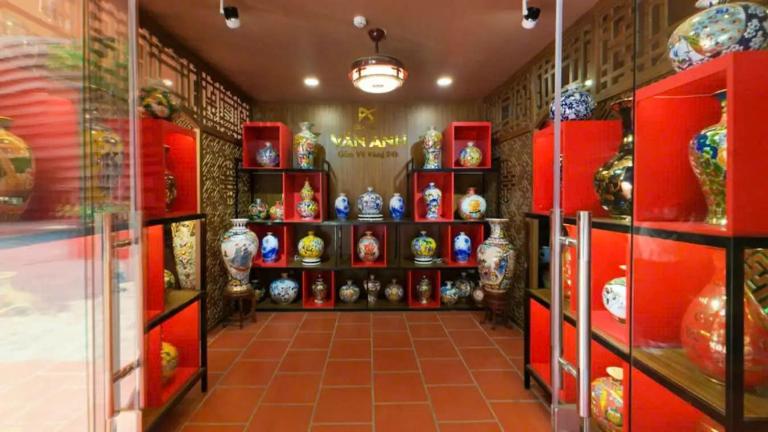
Apart from events, the first floor acts as a market for different ceramic goods made by nearby artists. This is a great chance to buy one-of-a-kind mementos straight from the creators, so supporting the local business and carrying a bit of Bat Trang’s legacy home.
Second Floor: The Journey of Artistry
The second floor of the museum pays homage to Bat Trang pottery’s artistic development. The creative ceramic items showcasing the development of the Bat Trang ceramic village occupy this central area. Visitors can investigate the background of the craft, discovering how methods have changed over time and how generations have passed on their knowledge.
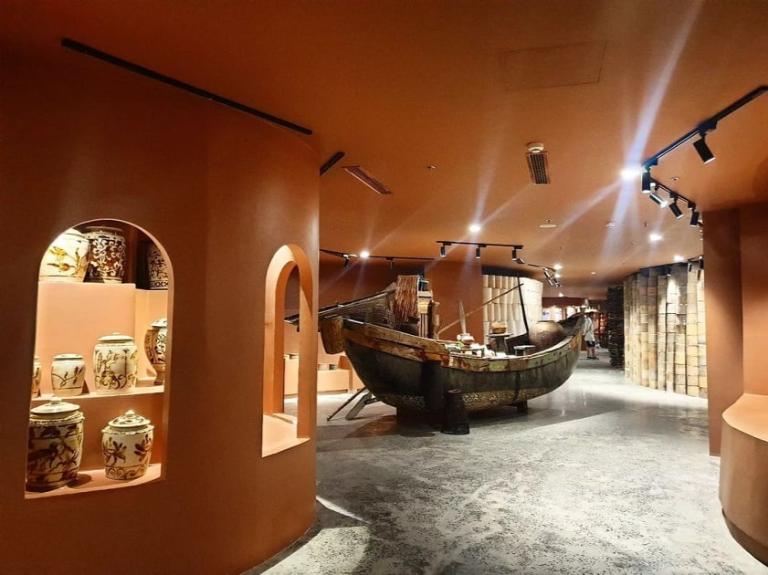
Interactive exhibits and informative panels emphasize the evolution of the hamlet and its influence on Vietnamese culture, therefore illuminating the historical relevance of pottery in the society.
>>> Let’s see more: Vietnamese Military History Museum: A Testament to National Pride
Third Floor: Thematic and Permanent Exhibitions
A treasure trove of exquisite pieces reflecting Bat Trang pottery’s ongoing evolution is on the third floor. This level features beautiful pottery from several eras and is set aside for both permanent and thematic exhibits. The displays sometimes highlight Bat Trang’s creative variety by showing traditional artwork with modern adaptations.
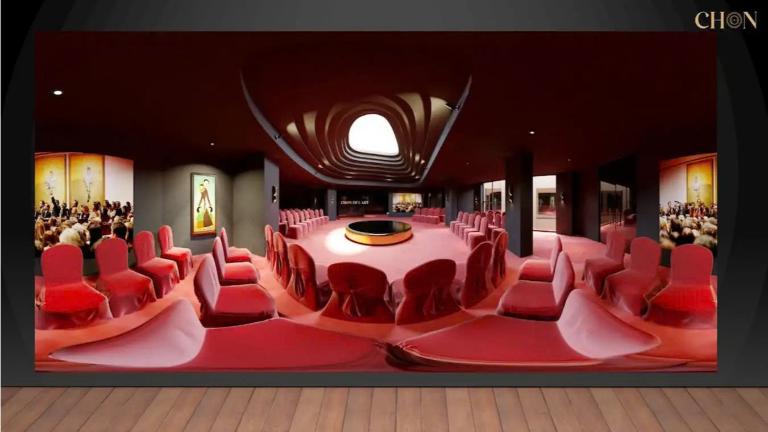
Fourth Floor: A Place to Relax
Following tour of the displays, the fourth floor provides a quiet haven for guests. This level has a small coffee shop where customers may lounge back-off, unwind and sip Vietnamese coffee while taking in the surrounds. This is the ideal place for you to consider the artistic quality displayed around the museum.

Fifth Floor: Folk Art Performances
The fifth floor is set aside to exhibit Vietnam’s rich cultural legacy via folk art. Visitors can appreciate traditional Vietnamese culture by means of folk art events here. From music to dance, these events provide a lively contrast to the pottery displays, therefore producing a whole cultural experience.
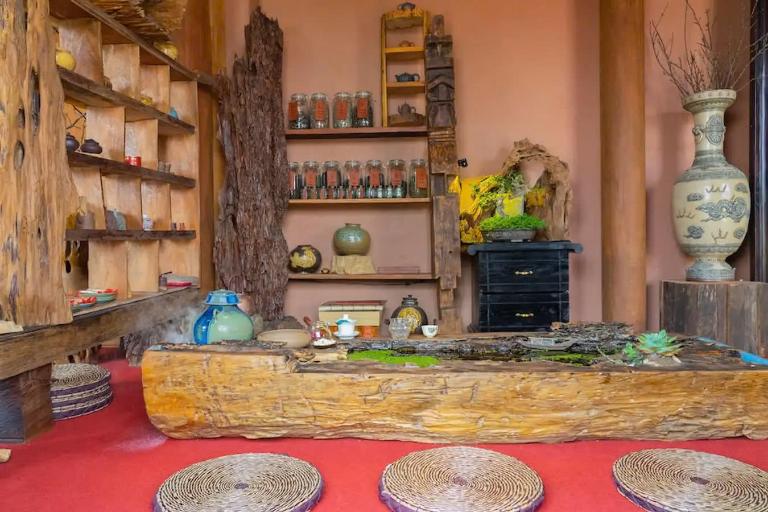
>>> Let’s see more: Discover the Vietnamese National Museum of History: A Journey Through Time
Experiential Learning Opportunities at Bat Trang Pottery Museum
The Bat Trang Pottery Museum stands out for its dedication to experiential learning, which gives guests chances to interact personally with the clay works. Let’s examine the several chances for experiential learning the museum offers.
Workshops: Create Your Own Masterpiece
The museum provides a spectrum of seminars meant for guests to delve deeply into the realm of pottery-making. These seminars are open to everyone since they serve both novices and those with some background.
- Hands-On Pottery Classes: Lead by talented artists, hands-on pottery classes walk participants through the whole clay-making process. You will pick up fundamental skills including glazing, sculpting clay, and knowing fire techniques..
- Custom Creations: One of the most fascinating features of the classes is your chance to design your own ceramics. You are free to show your imagination whether you decide to create a basic bowl, a decorative item, or even a personalized present.
- Age-Friendly Options: Workshops are sometimes planned to be family-friendly, thereby motivating parents and children to join together. Families can connect over creativity and workmanship in this entertaining and instructive setting.
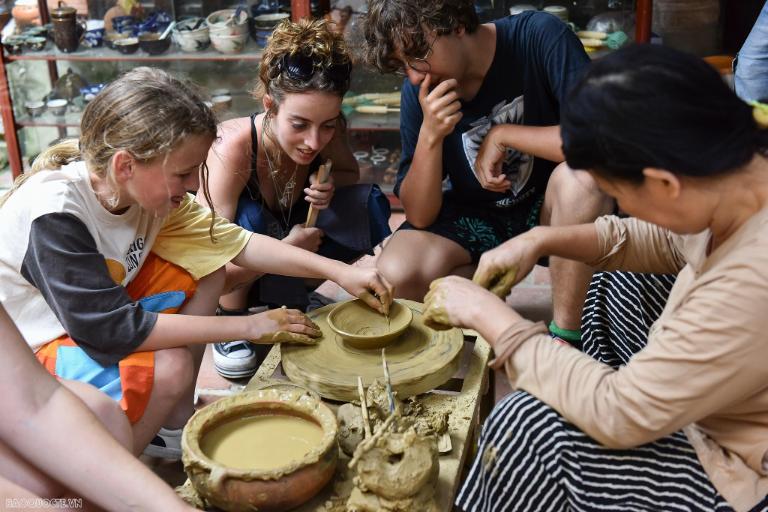
Guided Tours: A Deeper Understanding
To enhance your museum experience, guided tours are available like Hanoi Motorbike Tours, providing a comprehensive overview of Bat Trang pottery’s history and significance.
- Expert Insights: Knowledgeable guides lead these trips, telling intriguing tales about the development of Bat Trang’s ceramics and the methods applied by nearby craftspeople. They provide background for the displays therefore enhancing your knowledge of the historical and cultural relevance of the objects on show.
- Interactive Engagement: Visitors are urged to question things and participate in conversations during the tour. This interactive style makes the experience more lively and lets you investigate subjects most of interest to you more thoroughly.
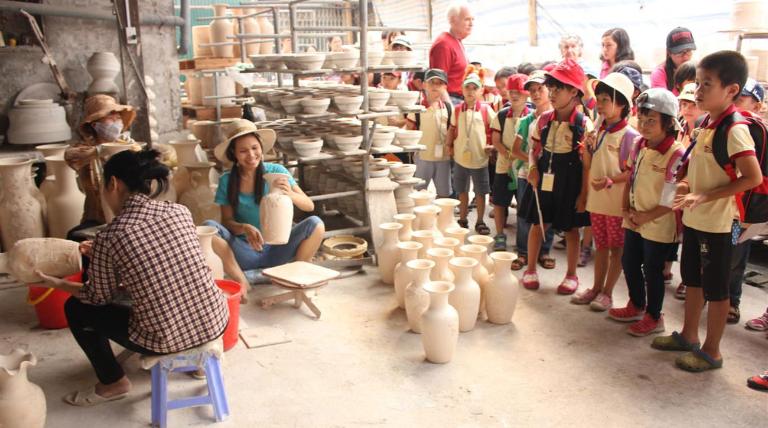
Treasure store of Vietnamese history, art, and culture lies the Bat Trang Pottery Museum. From the complex designs to the intriguing past, every area of the museum invites you to investigate and value the workmanship defining Bat Trang. So get ready for a trip throughout the core of Vietnamese legacy by packing your bags, grabbing your camera!
Related Posts:












Be the first to comment!